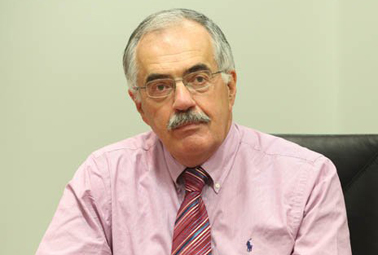
David Bamford
Director at Future Energy
Sensing has always seemed to me like the impoverished cousin of the seismic reflection business, the latter always progressing - sometimes via ‘disruptions’ - via the billions of $s pumped into improving the technology.
This is important as emissions of methane, carbon dioxide, nitrogen dioxide, particulate matter etc are focused on more and more.
Remote sensing via satellites is a good solution to monitor large emissions events, including air pollutants such as PM2.5 and NO2, especially when significant changes occurred.
Both aspects are illustrated by these images of respectively - PM2.5 emissions in NW Europe, up to the end of 2019; changes in NO2 levels in France and Italy before/after COVID lockdowns:
But…..
Key satellites eg the European Space Agency’s Sentinel-5P and -4 carry sensors that offer resolution of several sq kms; thus they do indeed provide broad coverage but struggle with capturing detailed, localised data, hindering the ability to monitor and measure air pollution at facility or street-level.
This issue can be tackled in two ways:
Enhanced Resolution: deploying a future generation of higher resolution sensors. Meanwhile, seeking to enhance the resolution of currently available sensors.
and...
Integrated, Hybrid, Networks: combining satellite data with mobile (airborne/UAV) sensor data, and data from fixed stations (which are numerous but widely spread).
The immediate priority is integrating satellite and mobile sensor data and this requires alignment via advanced data processing and mapping technologies.
The hybrid output will then combine regional and local ‘top down’ insights which, merged with the ‘bottom up’ data from fixed stations, will provide reliable, calibrated observations, delivering real-time updates.
A significant ‘disruption’ placing key polluters under the ‘spotlight’
KeyFacts Energy Industry Directory: Future Energy Partners l KeyFacts Energy: Commentary
 KEYFACT Energy
KEYFACT Energy


